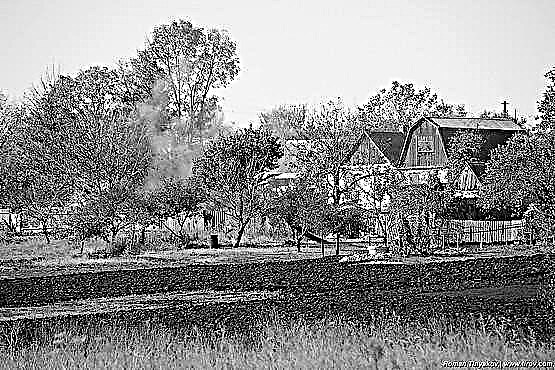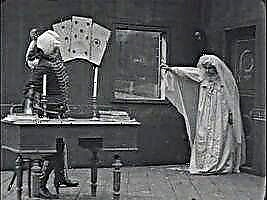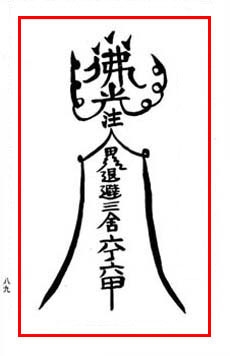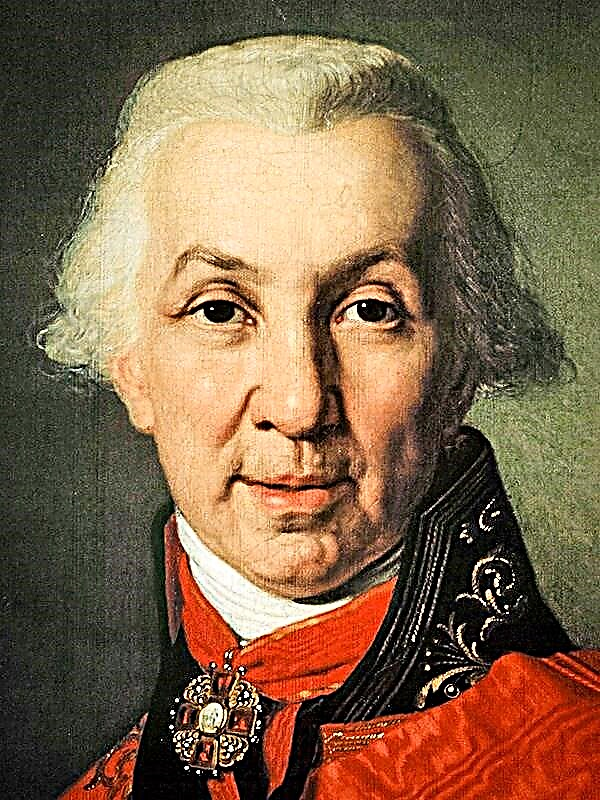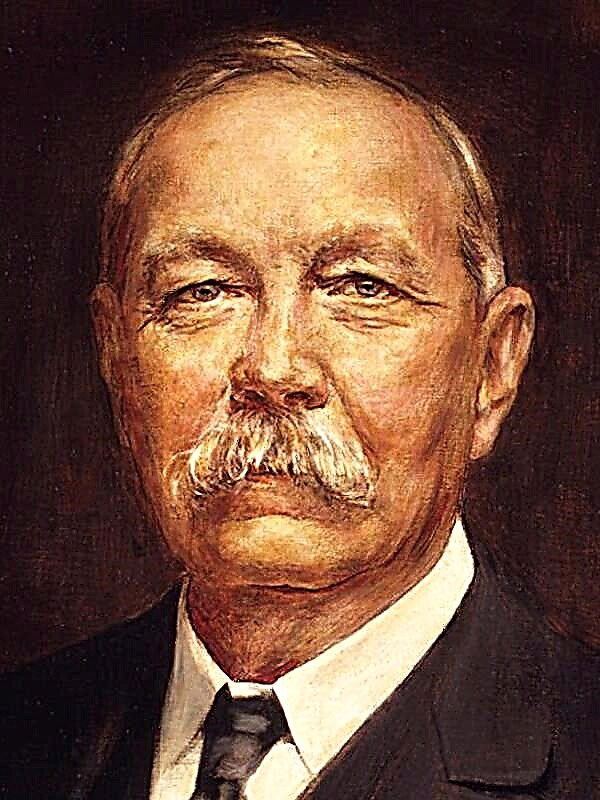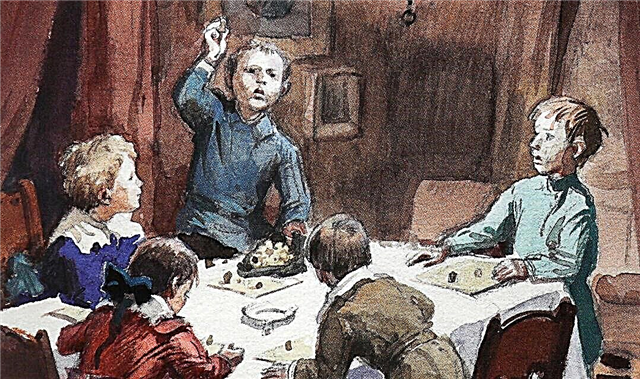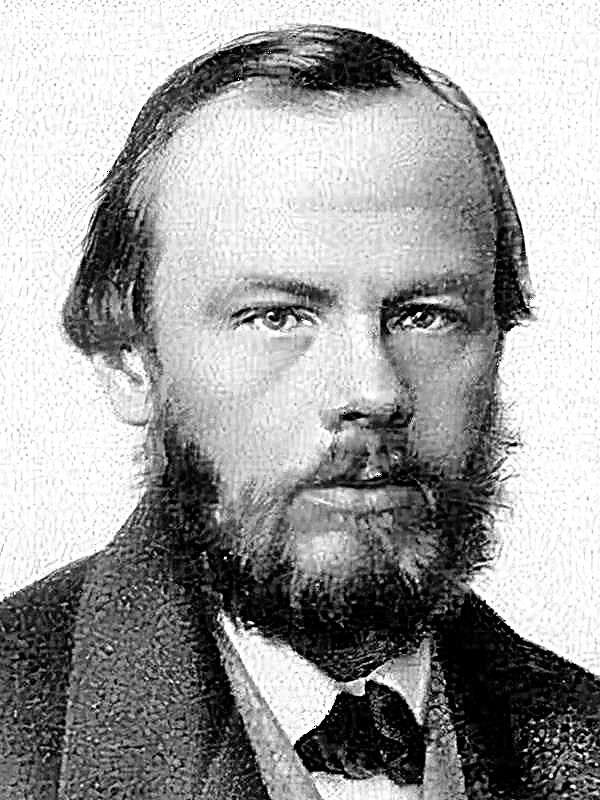During the Renaissance, poetry continued to develop in European literature, in which sonnet predominated. In prose, the most popular is the novella genre, the typological foundations of which were laid in the “Decameron” by Giovanni Boccaccio.
History of creation
Work on short stories was conducted from 1348 to 1351, partly in Naples, partly in Florence. Probably, some stories were conceived by Boccaccio long before the outbreak of the plague that swept Florence in 1348. The terrible events of the epidemic of 1348 (when the writer's father and daughter died from the plague) served as a kind of impetus for creating a framing plot of the book.
There is an opinion that the work was created by “order” of the Queen of Naples herself. Confirmation of this is allegedly found in one of the letters of the author. With the help of life-affirming literature, the ruling elite hoped to reassure the townspeople and strengthen their faith in a happy future after the epidemic.
Also, it can be assumed that some short stories were presented to readers separately from the book. In one of the parts of the Decameron, there is an author's introduction with a response to criticism from readers, which implies that some of the short stories were distributed even before the publication of the entire work.
Genre, direction
As mentioned earlier, the Decameron was a kind of primary source for the entire Renaissance short story. It was in him that Boccaccio improved the genre of novella existing in the literature of modern Italy.
To create a new direction in literature, the writer used already existing elements, adding some of his own innovations to them. Another very important element in the Decameron is the use of the Italian folk language, and not the common Latin. The innovative at that time interpretation of the well-known medieval plots was also innovative, as well as a single ideological orientation. The author also ventured to ridicule the clergy and the very idea of austerities.
Thus, the Decameron became a reflection of the new facets of incipient humanism.
The meaning of the name
“Decameron” - from the ancient Greek “ten” and “day”, literally means “ten days”. The similar name Hexaemeron (Six Day) was generally accepted by medieval authors. Six days, as a rule, talked about how God created the world for six days. The Decameron, however, tells of the creation of its small world, an ideal society, by a group of young men and women for ten days. They secluded themselves in a peculiar Noah's ark and escaped from the plague, recreating bit by bit the old order of things.
Another name, more common, was "Prince Galeotto", which in Italian literally means "pimp." In general, the prince of Geleoto (Galekhoto) was called one of the knights of the famous King Arthur, who contributed to the forbidden connection of Ginevra and Lancelot. And after the mention in the famous "Divine Comedy" of Dante, the name of the prince firmly entered the folk speech as a synonym for a pimp.
Essence
The framing plot is a description of the Florentine plague of 1348. Seven young girls in the company of three young people decide to flee the city away from illness and death to their suburban estates. There they while away time, having fun in every possible way in the lap of nature and telling interesting stories in the company, invented or heard somewhere. They are a kind of ideal society, where culture and equality become an uplifting beginning, representing a Renaissance utopia.
All the events taking place take exactly two weeks, but only ten days are devoted to telling short stories. Every day, boys and girls choose for themselves a “ruler” who chooses a topic that somehow unites all the stories of this day. Friday and Saturday are days off when the ruler is not elected and funny incidents are not told. Every evening, after the story, one of the girls performed for the rest a poetic ballad, which are considered one of the best examples of Boccaccio's lyrics.
Many short stories, however, were not original works of authorship. Boccaccio reworked folklore motifs, anecdotes, moralizing parables that abounded in the sermons of clergy, and simply oral stories of his contemporaries.
The main characters and their characteristics
The storytellers of Boccaccio are Florentines of a noble family. Seven women, the youngest of whom are 18, and the oldest - 28 years old, and three young men, the youngest of whom are 25, are described as very real people with “speaking” names that reflect the main qualities of their characters.
So, Pampinea is translated from Italian as “blossoming” - it is related to one of the young ladies accompanying the ladies. Neufile (from Greek “new for love”) belongs to the heart of one of the three young people. In the image of Fiametta ("light") appears the beloved of the author: presumably under this name is hidden illegitimate daughter of Robert of Anjou, Maria d’Aquino. Another lady, who previously owned the heart of Boccaccio, appears in the form of Philomena (also from the Greek "lover of singing"). Emilia (from the Latin “affectionate”) was found in several other works of the author. Lauretta - better than other girls in the art of dance and singing; she is a kind of reference to the image of Laura - the beloved of the famous Italian poet, Francesco Petrarch. The name of Elissa refers to Virgil, since that was his second name Dido.
Researchers at Boccaccio noted that the images of almost all the ladies were found in earlier works of the author. In youths, however, sides of the character of Boccaccio are expressed.
For example, Panfilo (from Greek “completely in love”) has a serious and reasonable character. Philostrato (also from Greek “crushed by love”) - as a rule, sensitive and melancholy. And Dioneo (in Italian “voluptuous”, “devoted to Venus”) is always cheerful and has an extremely sensual character.
There is an opinion that the number of the main characters of the Decameron is not accidental. Seven ladies are symbols of four natural and three theological virtues, while the number of young men symbolizes the division of the soul into Mind, Anger and Passion accepted by the ancient Greeks. Also, the number seven refers to the number of free arts. And when combined, they become perfect, according to the ideas of medieval philosophers, the number ten (a similar numerological theory is in Dante’s “Divine Comedy”).
Themes and Issues
In the framework composition, as was said earlier, the idea of an ideal society of the era of early humanism is expressed. It promotes the ideas of equality, love and freedom, governed by a set of rules and a democratically elected ruler.
The novels themselves are devoted to the life of ordinary Italians, everyday stories of people from various social strata. Almost all the novels are united by the idea of proliferating and high moral love that is characteristic of prose works, as well as ridiculing the evil traits of the clergy and monasticism extremely popular among the people.
However, the focus of Boccaccio remains the problem of personal identity, which was further developed in the philosophy of humanism and Renaissance culture generally.
The main idea
So what did the author of the Decameron want to tell us? The framing plot gives a clear idea of culture as a fundamental link in human life. Art here is another indispensable factor in the formation of personality. The main idea is that the ideal democratic civilized society itself can exist only in conditions of isolation in the lap of nature, without encountering harsh reality, running away from disease and death. Freedom, equality and fraternity between people are possible, but only on condition that people themselves go towards each other. For this, it is necessary to develop not a blind faith in abstract ideals, which is so easy to turn into evil, but education and a cult of healthy, natural relationships in society (without slaves and gentlemen, oppression and humility).
And the short stories themselves, one way or another, are instructive, praise love and human virtues, and make fun of the worst of human vices. Especially the author does not like hypocrisy, growing into hypocrisy. Often a person, under the guise of moral principles, commits abominations, unworthy of what he supposedly sacredly believes in. Alas, the medieval people were not able to understand the sublime philosophy of religion because of their ignorance, therefore, by the way, became a victim of the plague. The banal lack of medical knowledge drove people to the church, where they only spread the epidemic, infecting each other through various rites. It is this absurdity of obedience to that which is incomprehensible and not understood that the educated author condemned. He saw genuine communion with religious sacraments only in comprehending the world around him with all its laws, otherwise even the most ideal teaching would be only a convenient system of phrases for self-deception and living in ignorance. This is the meaning of the book, which the dogmatists, of course, did not understand and hastened to condemn, burning and banning the Decameron for several centuries.

